The EXCALIBUR project investigates the complexity of the production of biofertilizers and biopesticides, focusing on the analysis of advantages and disadvantages of different production processes and the identification of areas that need to be improved in order to enable the spread and wide application of these products. Biofertilizers and biological protection agents, which include beneficial microorganisms, are recognized as a viable alternative to chemical fertilizers because of the many benefits they offer to agriculture, the environment, and human health.
According to one of the most cited definitions of biofertilizer, which was described ten years ago by Malusa and Vasilev, biofertilizer is a formulated product containing one or more microorganisms that improve the nutritional status of plants, their growth and yield. These improvements are achieved by replacing nutrients in the soil, increasing the availability of nutrients to plants, or increasing plant access to nutrients.
According to the EXCALIBUR project, this definition differs from biological control, which refers to microorganisms that reduce or completely suppress plant pathogens by producing substances that inhibit pathogen metabolism or increase natural plant resistance. While biofertilization focuses on improving plant growth, stress resistance and quality, biological control deals with pathogen suppression.
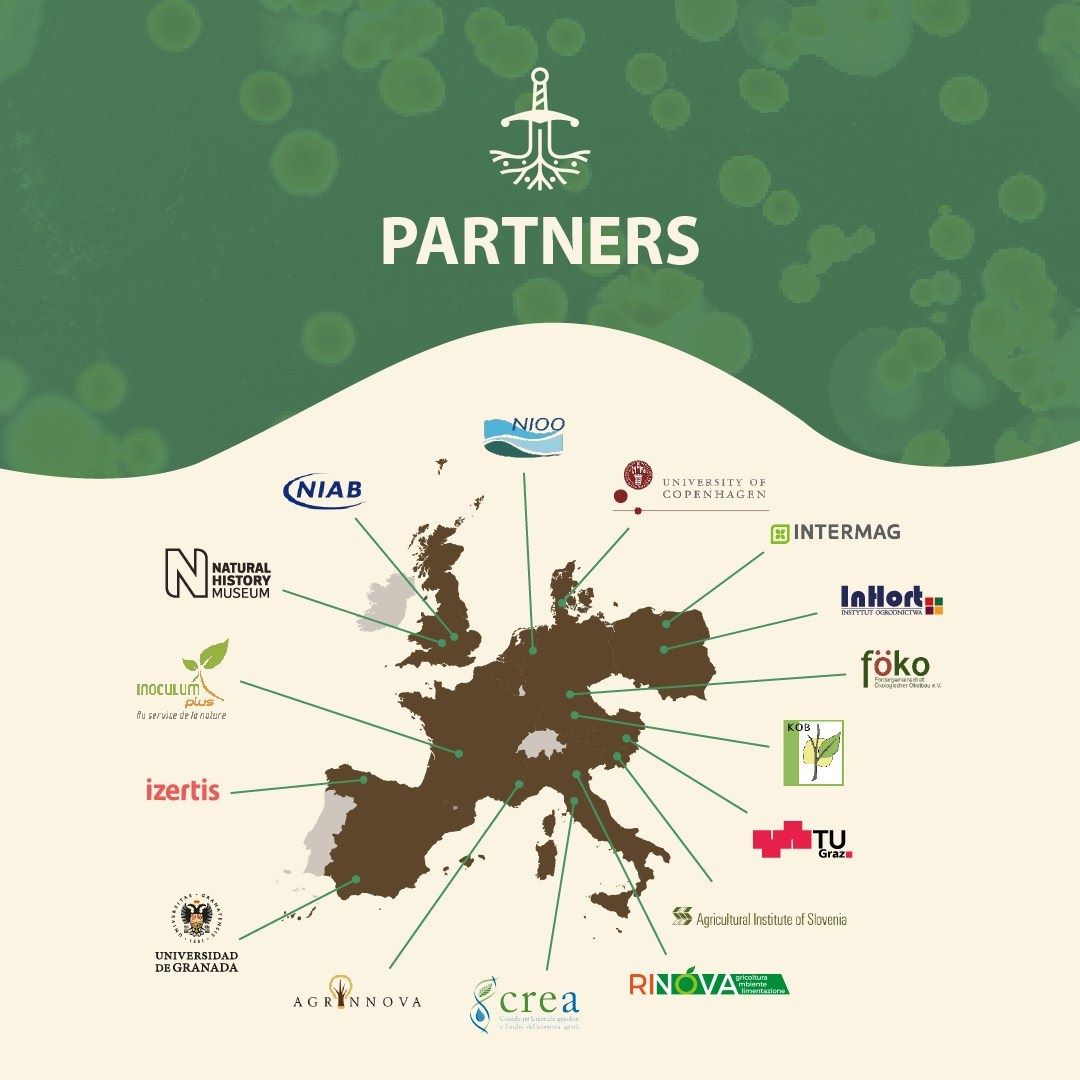
What does EXCALIBUR include?
It is important to note that microorganisms can perform both functions – plant growth promotion and biological control – which emphasizes their importance in agriculture. However, the production and wide application of biofertilizers face several challenges, especially after a long period of isolation, selection and characterization of beneficial microorganisms for plants. Modern research is focused on the optimization of the fermentation process for the production of high-quality biomass and spores in large quantities, as well as on their further formulation.
The entire biotechnological chain of fertilizer production and biological control should be carefully analyzed, because all parts are interconnected. This includes fermentation formulation, storage and application processes, and all aspects related thereto. The main challenges in biofertilizer production include scale-up of laboratory technologies, production costs and quality control. Unlike chemical fertilizers, biofertilizers require specialized equipment, accessible substrates and controlled conditions for the growth of microorganisms. The scaling process must preserve the viability, safety and efficacy of the selected microorganisms, avoiding contamination and strain variability.
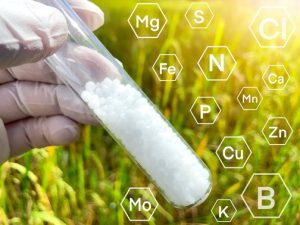
The need for additional research is evident to identify and develop microbial species that stably and efficiently interact with plant and soil systems. It is also crucial to optimize the production and formulation of these microorganisms in order to improve their application and effectiveness in practice.
Participation in the project
Within the EXCALIBUR project, collaborators include Nikolaj Vasileva and Maria Vasileva from the Department of Chemical Engineering at the University of Granada (Spain) and Dr. Stefano Mocali from CREA-AA in Florence (Italy). The project deals with the research of different production methods of biofertilizers and biopesticides, including an analysis of the advantages and disadvantages of two main production processes: solid state fermentation and submerged fermentation.
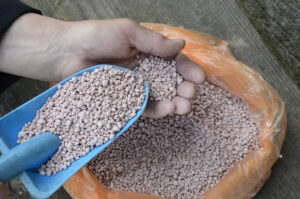
Fermentation can take place in solid state or in submerged conditions, with each of these processes having specific advantages and disadvantages. While many research teams study only one of these regimens, biotech companies can benefit from having the option to choose between both. If a strain can grow in both solid and submerged conditions and develop sufficient biomass or spores, providing both regimes may be optimal.
Two types of fermentation
Fermentation in the solid state and liquid-submerged fermentation have different effects on the growth of microorganisms and their metabolic activity. For example, the H2020 EXCALIBUR project found that a simple buffering medium increased growth Paenibacillus polymyxa in liquid fermentation, while the same strain shows higher spore formation in solid state. Fermentation in the solid state may be more beneficial due to easier final formulation and better preservation of the product during storage. On the other hand, liquid-submerged fermentation enables easier control and faster production of biomass and microbiological metabolites.

Liquid fermentation provides a homogeneous distribution of nutrients and oxygen in the bioreactor. On the other hand, solid media processes often offer advantages in terms of storage and durability. Also, there are numerous unused biotechnological schemes, such as batch fermentation, processes with immobilized cells and continuous fermentations. These schemes are not yet widely implemented. However, experts argue that they offer significant technological and economic advantages.
Fermentation significantly affects the type of commercial product. For example, solid-state fermentation can result in solid particles that can be directly used as a commercial product, or in combination with solid preservatives, or metabolites can be extracted to form cell-free products. The development of formulations based on cell-free metabolites can represent the future of bio-based agriculture because it does not require further adaptation in the soil.
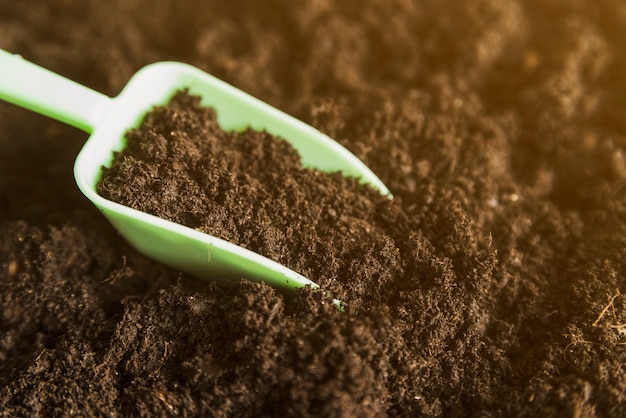
Formulations in detail
Gel-based formulations offer additional benefits. These include better resistance during storage and slow release of contents into the soil, which protects microorganisms from harsh conditions. Analyzes of the EXCALIBUR project showed that microorganisms are more effective in an immobilized state, which can contribute to their long-term use.
As highlighted in the EXCALIBUR project, the impact of microorganism formulations on biological diversity and functions in the soil is still not fully understood. The rapid disappearance of the inoculant in the soil does not necessarily mean the lack of longer-term changes in the microbial communities. Inoculation can significantly affect the structure of bacterial and fungal communities in the soil.
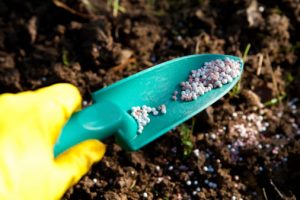
In the future, advancing the understanding of the microbiome and the interactions between the microbiome and the environment may lead to the development of innovative products and strategies for the production of microbial consortia. Increasing the functionality of microorganisms and synergistic interactions can help overcome environmental stresses and reduce the risk of failure in the field. However, regulatory issues may limit the commercial application of new technologies.
Source: Innovation News Network
Source: boljazemlja.com


